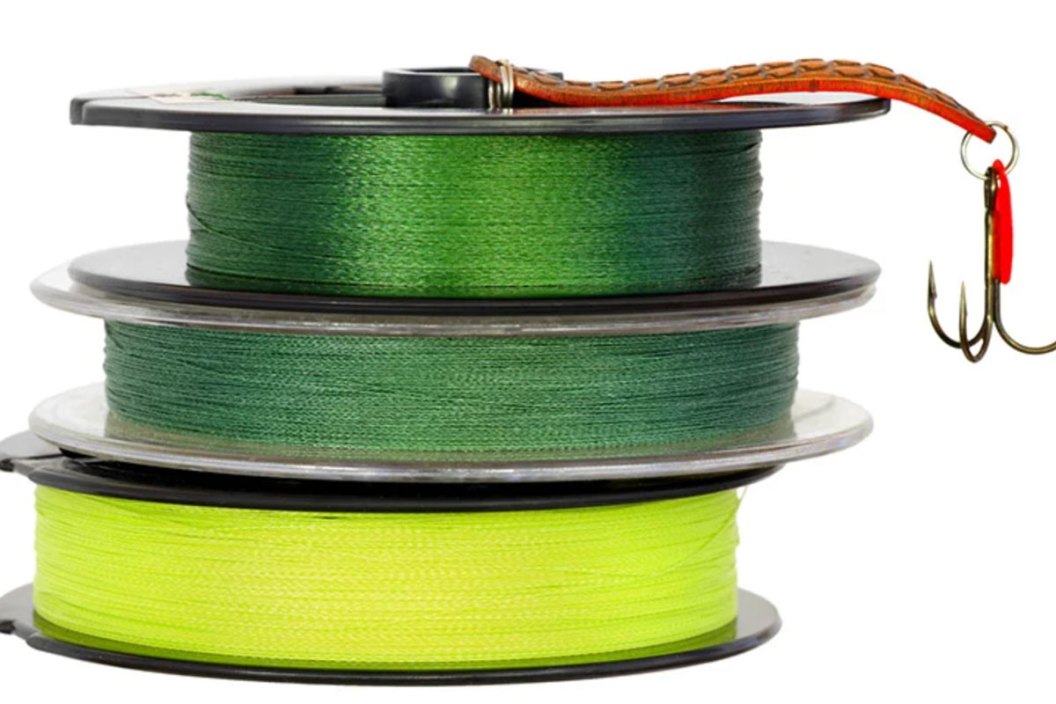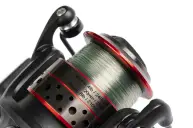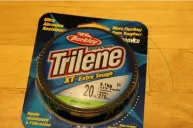Not sure where you stand in the monofilament vs braided dilemma? We'll help.
One of the biggest debates in the fishing world often plays out between monofilament and braided fishing lines, between the old veterans who have been using mono all their lives to the up-and-coming anglers who claim that braided fishing line breeds better catches.
Certainly, both types of line have their pros and cons, and you'll have to decide which is best for you based on your own fishing preferences and on what characteristics are most important to you in a line.
On one side of the spectrum, there is monofilament fishing line, which has been around for considerably longer and is what many of us grew up with. For many, mono lines are also still the more user-friendly option and the best type of line to learn on. For one thing, monofilament lines are significantly easier to knot. But also, it holds up to abrasion better.
Teaching a kid to fish with a braided line can become a frustrating process because, in order to be a successful braid fisherman, you need to possess a much wider arsenal of fishing knots than you need if you are utilizing a more traditional monofilament line.
Knowing how to tie a wider variety of knots is never a bad thing, and may come in handy in any number of situations over the years. But if you don't want your child to spend most of his or her fishing time mastering every knot in the book, then monofilament lines may be the better place to start.
With all that said, braided fishing lines have a lot of benefits that outstrip those of monofilament lines for many anglers. For one, braided lines have smaller diameters than monofilament ones, making it easier to fit more line on your reel and giving you a greater casting range when you are out on the fishing boat.
Many anglers consider that boost in range an invaluable advantage for catching more fish, and they certainly have a point: in many situations, scoring a trophy catch with a braided line is simply a less arduous affair.
Of course, you pay for what you get, and braided line is considerably more expensive than monofilament line. If you are an angler looking to keep all of your purchases in the most economical range possible, you will likely be seduced by the more budget-conscious costs of monofilament line. However, you should also keep records of how frequently you are buying new line.
Traditionally, braided lines have been known to be considerably more durable than monofilament, particularly in terms of abrasion resistance. And, if you find yourself replacing your mono line every few weeks, you may consider making the switch to braided line just as an experiment to see which line is indeed more economical.
Finally, if you are an angler who has grown accustomed to fishing with monofilament line, but want to see what all the fuss is about in the braided world, be aware that you are going to need some time and practice to get used to the new line.
Braided lines boast a completely different feel than monofilament lines, thanks largely to their lack of stretch and give. While this difference can make the transition difficult, it's well worth it.
Where do your preferences lie? Do you like one over the other? Will you only buy spools of fluorocarbon line? Let us know!
NEXT: LAKE EL SALTO IS EVERY ANGLER'S PARADISE




